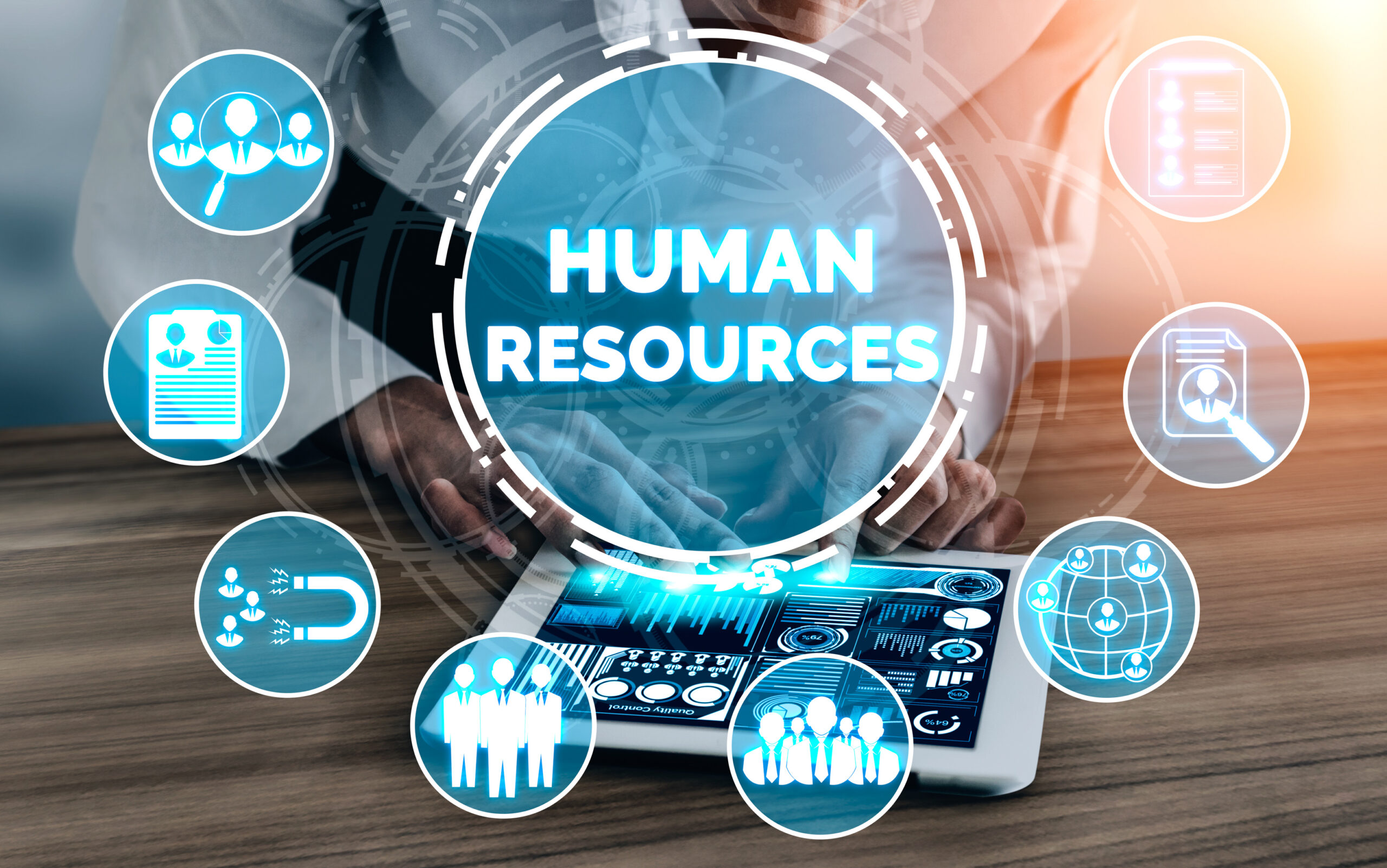Blog
5HR01 Assignment Example
Table of Contents Questions Case study You are the HR manager for Makite Solutions, a small-medium sized logistics company which distributes products nationally. Makite provide high-performance logistics and supply chain management to customers. Starting by delivering in their local area, they have...
TUPE Process UK
The Law in the UK protects against infringement of employees’ rights when a business they work for is sold or their employer relocates to another business. The Law also protects employees employed when the service they offer transfers from one business to...
Standard HR Reports for Effective Business Reporting
Without a doubt, the human resources (HR) department is one of the most key departments within an organization. In fact, the HR department can make or break any organization. This is because the HR department puts everything in place to ensure that...
How to Handle a False HR Claim
Table of Contents Human resources departments are legally obligated to investigate and make informed conclusions concerning the validity of every workplace discrimination or harassment claim. Although not every HR claim that turns out to be unsubstantiated can be categorized as false, every...
7LD01 Organisational Design and Development
7LD01 Organisational design and development Organisational design and development is a specialist unit in Level 7 Advanced Diploma in Strategic Learning and Development. The unit focuses on explaining the principles of organisation design and their significance in promoting organisational success. Learners gain...
7CO04 Business Research in People Practice
7CO04 Business research in people practice Introduction to the unit Business research in people practice is compulsory for learners in Level 7 of Advanced Diploma in Strategic Learning and Development. The learners in this unit define and identify a research issue and...
CIPD pdp Template
Personal development plan NAME: MEMBERSHIP NUMBER: COVERING THE PERIOD FROM: TO: Planned outcome . What is your planned outcome for the period of time your PDP covers? What do I want/need to learn and...
5OS06 Leadership and Management Development
5OS06 Leadership and Management Development About This Unit This part of the level 5 Associate Diploma in People Management is an advanced platform for building the understanding of L&D. The unit focuses on leadership and management and its roles in creating the right...
5OS07 Well being at Work
5OS07 Well being at work About This Unit Exploring this unit will introduce students to the concept of well-being and its significance in the work setting. It focuses on the relationship between health, work and general well-being and how their interdependence interweaves...
7CO03 Personal Effectiveness, Ethics and Business Acumen
7CO03 Personal effectiveness, ethics and business acumen The unit provides insight into the role of people professionals in supporting the organisational workforce. Workers need to develop effective behaviours guided by the ethical and moral principles and standards of behaviours. In championing organisations’...












